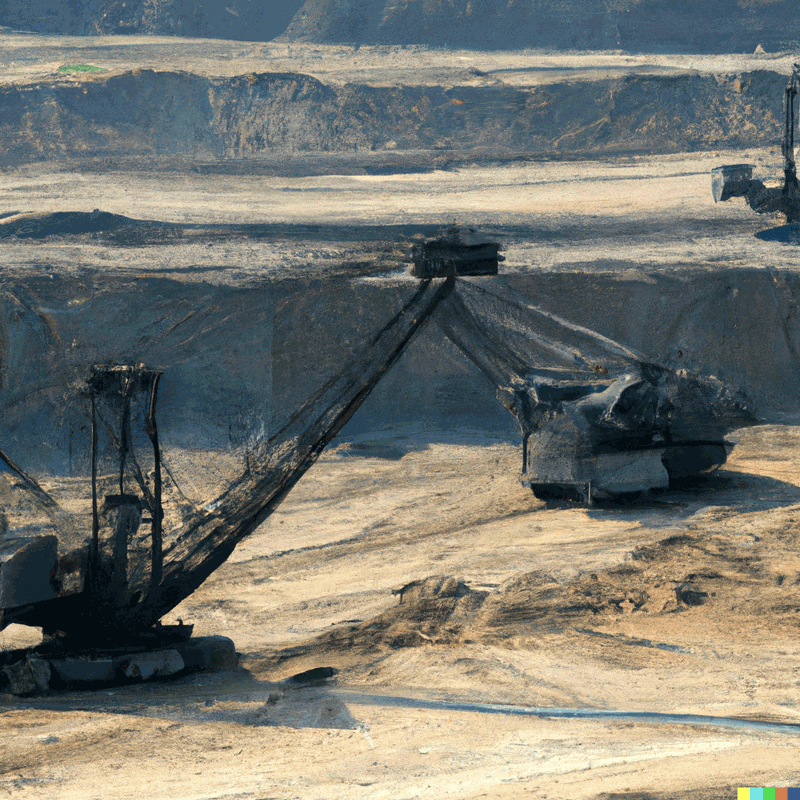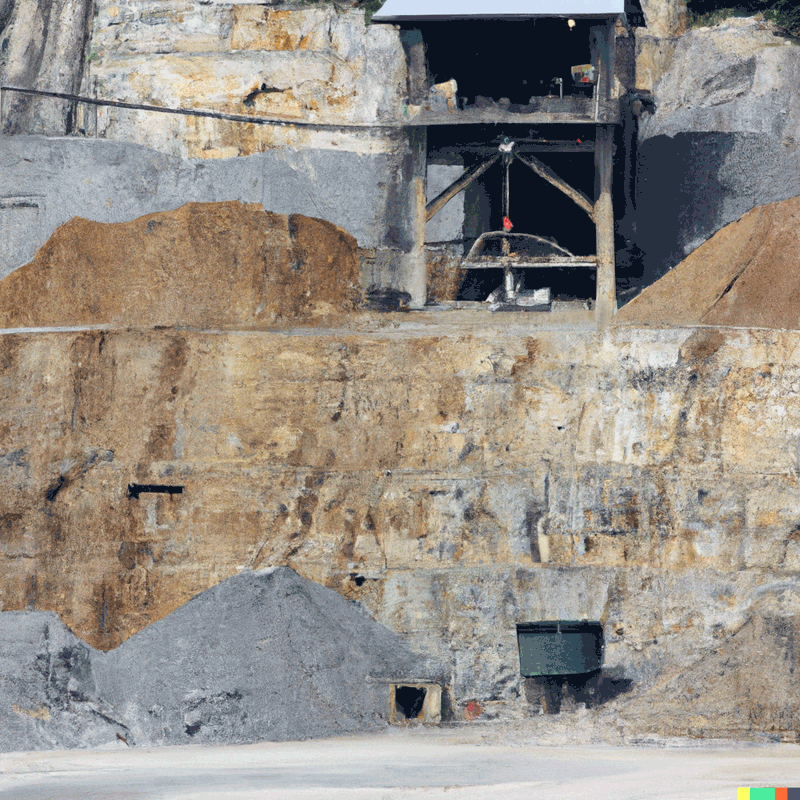The nickel market has been facing a squeeze in recent months, with prices rising to their highest levels in a decade and supply shortages becoming increasingly severe. The nickel market has been under pressure for some time, with demand for the metal outstripping supply. This has been driven by strong demand from the stainless steel industry, which uses nickel as a key component in its products. Demand has been further boosted by the growing popularity of electric vehicles, which require large amounts of nickel for their batteries.
At the same time, supply of nickel has been constrained by a number of factors. Firstly, the majority of nickel production comes from Indonesia and the Philippines, which have experienced political instability and disruption to their mining operations. This has caused production to be lower than expected.
Furthermore, demand for nickel has been further boosted by the US-China trade war, as many US companies have been looking to substitute Chinese-produced stainless steel for nickel. This has pushed up the price of nickel, as companies have had to pay more for the metal.
Finally, a recent ban on the export of nickel ore from Indonesia has further exacerbated the supply shortage. This has seen prices for nickel spike to their highest levels in a decade, with the London Metal Exchange (LME) nickel price reaching over $18,000 per tonne in May 2020.
The squeeze in the nickel market has had a significant impact on the stainless steel industry, with many companies facing rising costs and supply shortages. This has led to a number of companies having to reduce their production and output, as they struggle to secure enough nickel to meet demand.
The situation has also been exacerbated by the fact that the majority of nickel is produced in just two countries – Indonesia and the Philippines – and is therefore subject to the political and economic risks associated with these countries. This has led to further uncertainty in the market, as companies struggle to secure reliable supplies of nickel.
In response to the squeeze in the nickel market, many stainless steel producers have been turning to alternative sources of nickel. This includes recycled nickel, which is produced from scrap metal and is often cheaper than mined nickel. However, recycled nickel is often of lower quality and may not be suitable for certain applications.
In addition, many companies have been looking to secure long-term supply contracts with nickel producers, in order to ensure they have access to the metal they need. This has led to some producers increasing their prices in order to secure these contracts.
The squeeze in the nickel market is likely to continue in the short-term, as demand for the metal remains strong and supply shortages remain severe. In the longer-term, the situation may improve as new sources of nickel come online and the political and economic risks in Indonesia and the Philippines are reduced. However, in the meantime, companies will have to continue to manage the squeeze in the nickel market, as they look to secure reliable supplies of the metal and manage rising costs.










